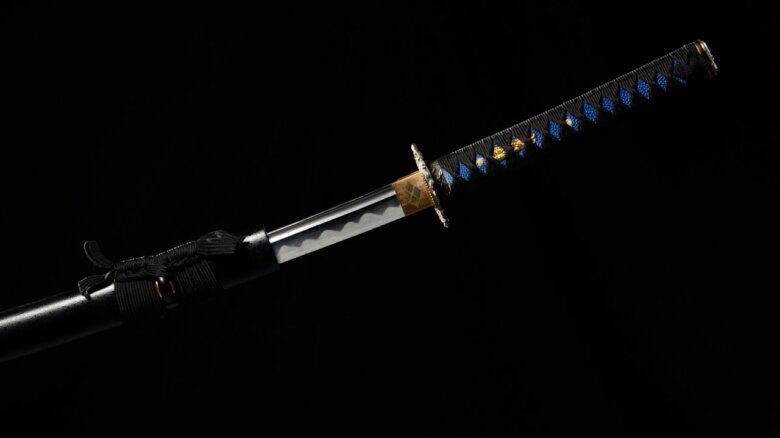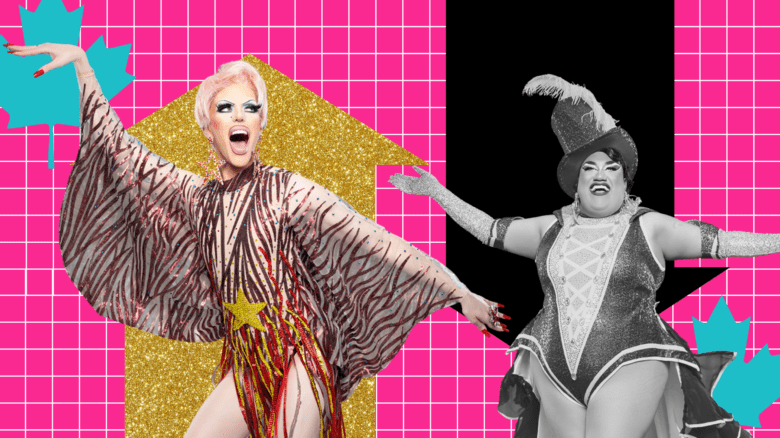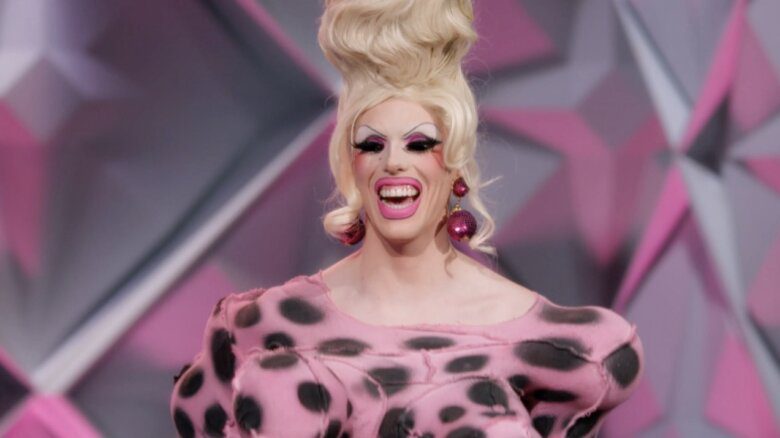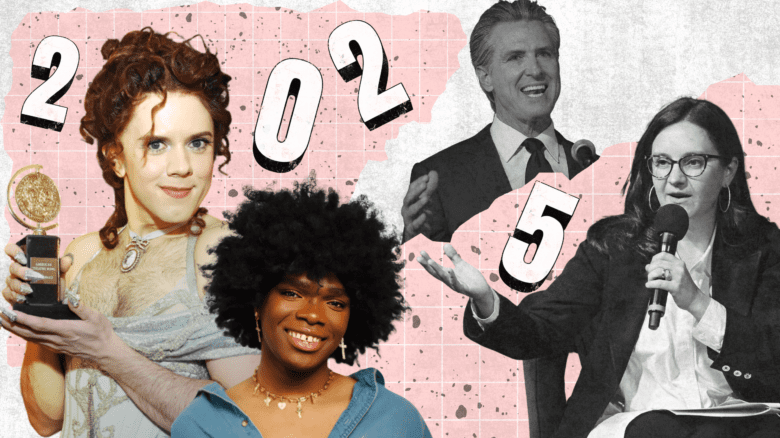Drool, written and directed by Nancy Kissam, combines an over-the-top portrayal of the American South with dysfunctional family dynamics à la Malcolm in the Middle, a lesbian interracial Thelma & Louise storyline and a slight sprinkling of morbid, oddball humour reminiscent of Weekend at Bernie’s. But before all of that, the audience has to sit through painful, stark renditions of misogynistic treatment at home, paralleled with abuse at the hands of bullies and bosses.
This weird little film won the Slamdance Screenwriting Competition for 2006 and its premise is that sometimes the dead can bring you back to life. Drool begins with Tabby — the daughter of the main character, Anora Fleece — and her haughty acceptance of a school jock’s pathetic proposition of a blowjob. The bleak lives of the Fleece family unfold from there, revealing Tabby’s contradictory nature of brash versus vulnerable and her brother “little” Pete’s closeted gayness. The story revolves mostly around Anora Fleece’s choices, though her angst-ridden, bitchier-than-thou daughter narrates the tale and embellishes scenes with scribbled caricatures drawn in her journal (which Danielle Ash renders into creepy, endearing animations).
The sudden arrival of a new African-American neighbour, Imogene Cochran, who is a cosmetics saleswoman, sparks an unlikely friendship with Anora that eventually flowers into romance. When Anora’s depressed, abused and abusive husband Cheb catches her sucking face with “the n***** lady”, the resulting scuffle ends with Cheb shot to death with his own gun. The two women put Cheb’s body on ice in the trunk of Imogene’s purple company car, pack the two teens in the back and head out.
The movie wins points for its bizarro factor, strong female characters, queer campiness, excessive yet fabulous use of the colour purple and the generally happy ending to a shitty situation. But Drool is weakened by its two-dimensional male characters, and the raw, traumatic scenes that appear without warning. They create a sense of agonizing realism when compared with the rest of the film, which is, yes, surreal but mostly happy-go-lucky, showing the women getting away with murder and finding a safe haven of hand cream and homos.
Drool is like a nightmare that shifts to a violet-tinged satisfying dream. But it leaves you with a stale taste in your mouth when you wake up to find you’ve got dried saliva all over your face — much like its namesake.
 Why you can trust Xtra
Why you can trust Xtra


